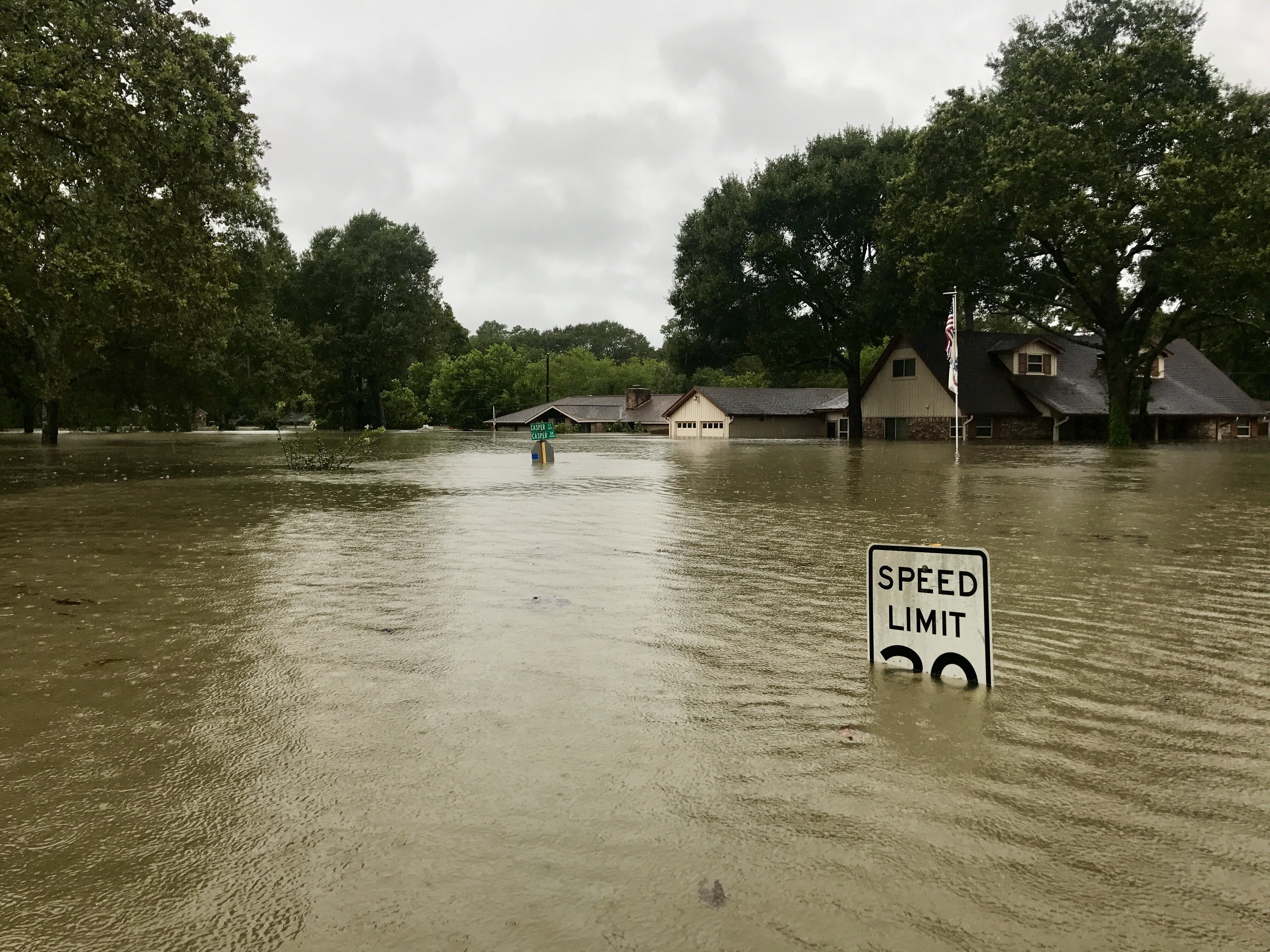When natural disasters strike, electricity is typically the first critically-important service to be lost, which can have a devastating impact for days, weeks, or even months. In fact, the last customers in Puerto Rico were only recently reconnected to the U.S. territory’s central power system, nearly 18 months after Hurricane Maria destroyed the island’s entire power infrastructure. The lack of reliable electricity left millions of people without basic necessities. Unfortunately, the disaster response support was ill-equipped to respond to a disaster at this scale, a reality emphasized by the fact that the majority of deaths occurred after the storm.
Without electricity for homes, hospitals, and food stores, many of our most basic needs go unfulfilled and emergency response teams can’t offer proper help. In the relief and recovery stages, power is crucial. Gasoline isn’t readily available to fuel vehicles to help transport emergency supplies, and banks can't provide emergency funds. On top of that, communication systems stop working. Although we can’t prevent natural disasters, we can prepare for them by utilizing renewable portable energy.
Renewable Portable Energy for Disaster Relief
Since power grids are often the first to fail when a natural disaster strikes, portal energy sources could provide an instant source of power to those who need it most. Portable renewable energy allows local and remote communities to regain access to power, clean drinking water, medical facilities, and communications instantly. Between charging flashlights, powering medical equipment, powering your cell phone, and contacting emergency response teams, low-cost portable renewable energy systems should be widely available to help provide victims and relief workers with basic needs until the rebuilding process is complete.
The Problem with Engine Generators During a Natural Disaster
Generators that run on gasoline and diesel oil can be dangerous if handled improperly. The Federal Emergency Management Agency (FEMA) report that generators can also have very short life spans, with many of them being unusable in one season. Constant, loud noise is a big problem, too.
Natural Disaster Tips
If you find yourself in the midst of a natural disaster, don’t panic. In addition to staying prepared with food, water, and renewable portable energy units, make sure to adhere to the following tips in the aftermath of a natural disaster.
- If separated from your family, try contacting them, FEMA or the Red Cross.
- Be careful where you walk or drive, as debris could fall from structures
- Avoid loose and dangling power lines.
- Keep your mobile phone charged with a portable energy source.
- Never use a gas generator inside any home or structure
To learn more about our tips, visit our blog.
The takeaway
When people’s lives are devastated by natural disasters, having power could mean the difference between life and death. Plain and simple, natural disasters are inevitable. Whether you live in tornado alley or hurricane-ridden coastlines, you should prepare with a reliable, lightweight portable unit from Lion Energy.
Lion Cub GO - Small on Size, Big on Power
Lion Cub GO is the smallest portable power generator to have a full-size standard wall outlet. Users can plug in anything from laptops and lamps to phones refrigerators. It has 120Wh and 150W output from the Lithium battery source and can be charged from an AC source or by renewable sources, like the sun. Cub GO's battery technology holds a charge for an entire year. Come rain, snow, wind or earthquake, you’ll never be unprepared when a disaster strikes.

Share:
Is your battery safe? Understanding the difference between battery types
Lion Energy Lithium RV Batteries Vs Others